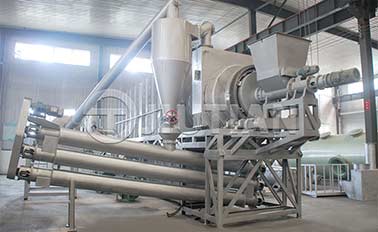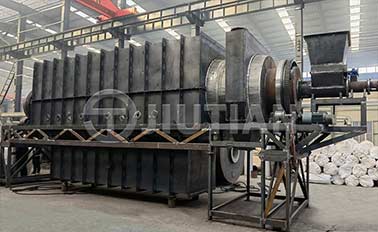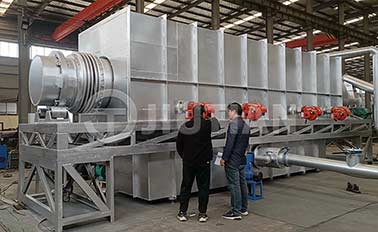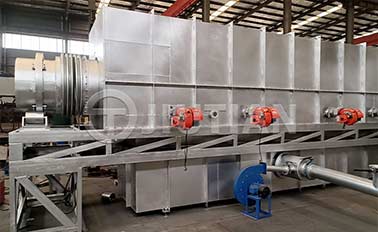Coconut shell activated carbon is an environmentally friendly material with a wide range of uses and can be used to purify air, water, food processing and other fields.
The production process of coconut shell activated carbon is mainly divided into the following steps: coconut shell crushing, carbonization, gasification and activation.
1. The coconut shell is broken into small particles through mechanical equipment, and then put into the kiln for carbonization, so that it loses moisture and volatile substances at high temperature to form crude charcoal.

2. Gasify the crude carbon. The purpose of this step is to remove the remaining impurities and gases in the crude carbon and generate high-purity activated carbon.
3. Activation, this process is the most important step. By injecting gas at high temperature, many small pores and micropores can be generated on the surface of activated carbon, increasing its specific surface area, thereby improving its adsorption capacity.
In general, coconut shell activated carbon is an environmentally friendly material, and its production process needs to pay attention to environmental protection and energy saving issues. If manufacturing companies can adopt advanced processing equipment and technology and constantly explore new energy-saving technologies, they can produce high-quality, low-cost coconut shell activated carbon products to better meet market demand.

Location:Indonesia
Project Progress:Put Into Production

Location:Vietnam
Project Progress:Put Into Production

Location:Kenya
Project Progress:Put Into Production

Location:Canada
Project Progress:Put Into Production